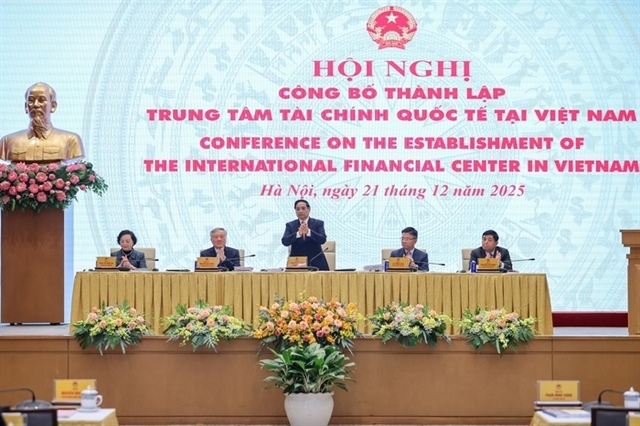Eximbank: Back to the fingerprint business
Eximbank: Back to the fingerprint business
Eximbank has returned to the basics by applying a fingerprint check, along with other safety measures, for savings and withdrawals, following the scandal of disappearing savings.
Notably, the Ho Chi Minh City-based lender also requires all authorisation letters and related documents to be scanned and stored on its core banking system.
As part of an attempt to minimise the risk of fraud and enhance security, Eximbank said that it will apply a raft of measures including the rotation of staff and strengthening internal controls.
In particular, the bank will rotate its clerks and supervisors within the branch and transaction office. To a larger extent, Eximbank looks to rotate supervisors between branches and transactions offices in the same area and leaders or managers between units and departments.
What is more, the bank will set up a ‘mobile’ director mechanism to temporarily replace branch directors for a certain period in a bid to identify and rectify any errors made by the branch.
While Eximbank might be the first among the local bank community to impose measures to enhance its operations and regain the trust of its clients, foreign banks have been using advanced technology for a few years now to improve their customer experience.
For instance, back in 2016 Citi introduced its Touch ID, a technology that uses customers’ fingerprint for verification when conducting business on their smartphones. According to Citi, its customers no longer need to memorise their username and password—they simply use their fingerprint to reduce fraud and enhance usability.






















